Never stop learning
The learning platform that’s hyper-flexible, ROI-proven, AI-first, and learner-loved.
AI-powered learning. Human-powered growth.
Personalized for every learner
Build real skills with personalized content and learning paths. Fully customizable for any use case.
AI with actual impact
Create content in minutes and level up with virtual coaching. Rely on your AI copilot for smarter search, admin support, and actionable insights.
Reporting for ROI
Connect learning to ramp time, win rates, retention, and more. Explore data with pre-built dashboards or integrate with enterprise tools.
Any audience, any scale
Train customers, partners, and employees from a single, trusted platform. Then translate and go global in a click.
How Docebo works
Create and personalize content
Build interactive courses and coaching scenarios in seconds with AI. Then personalize for every learner to build skills fast.
Manage and automate learning
Take the busy out of busywork. Scale programs, audiences, and workflows from one powerful, secure platform.
Measure. Improve. Repeat.
See exactly how learning drives retention, productivity, and revenue. Then turn those insights into even greater results.
A learning experience that’s entirely yours. And yours. And yours.
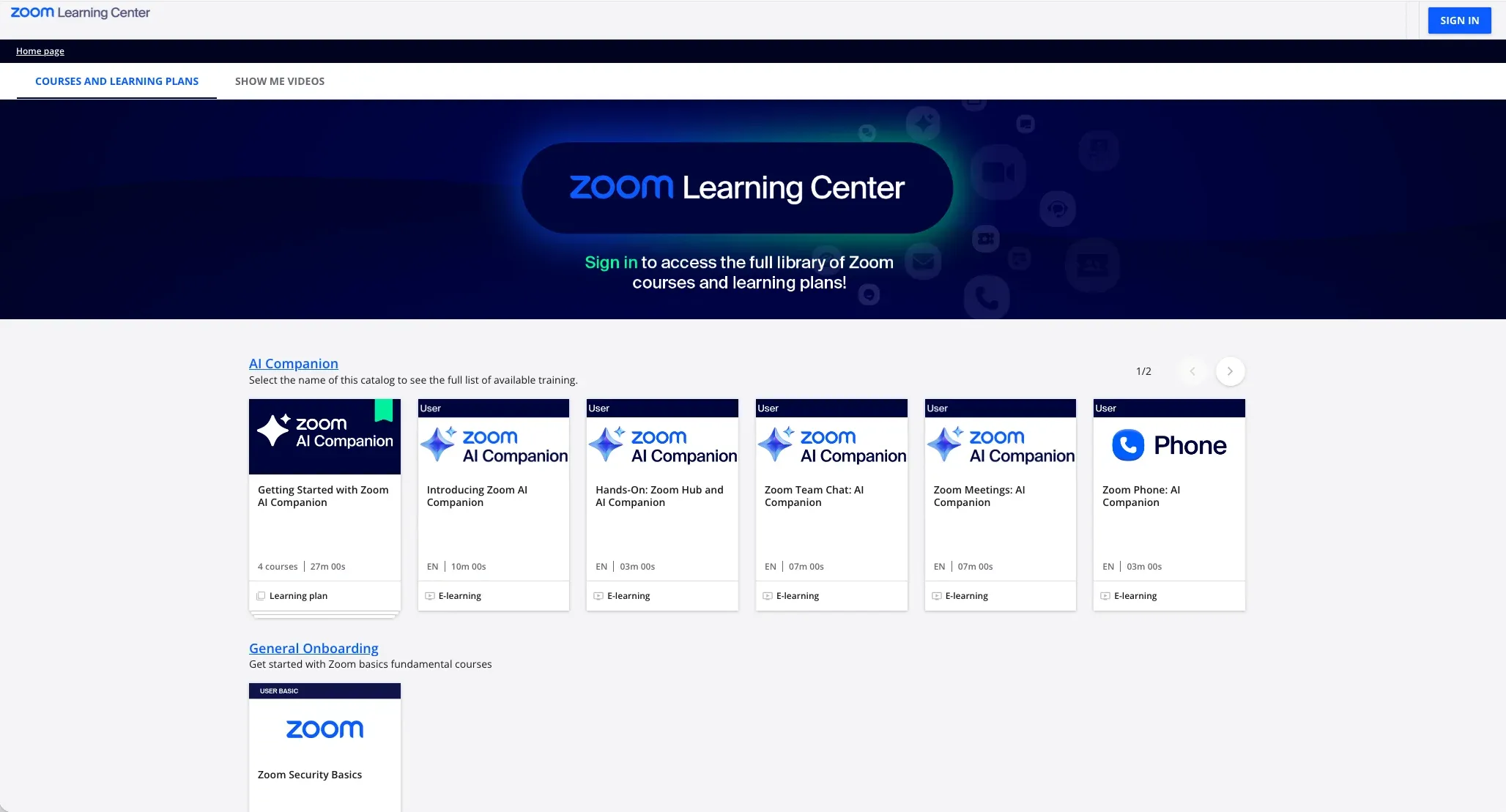

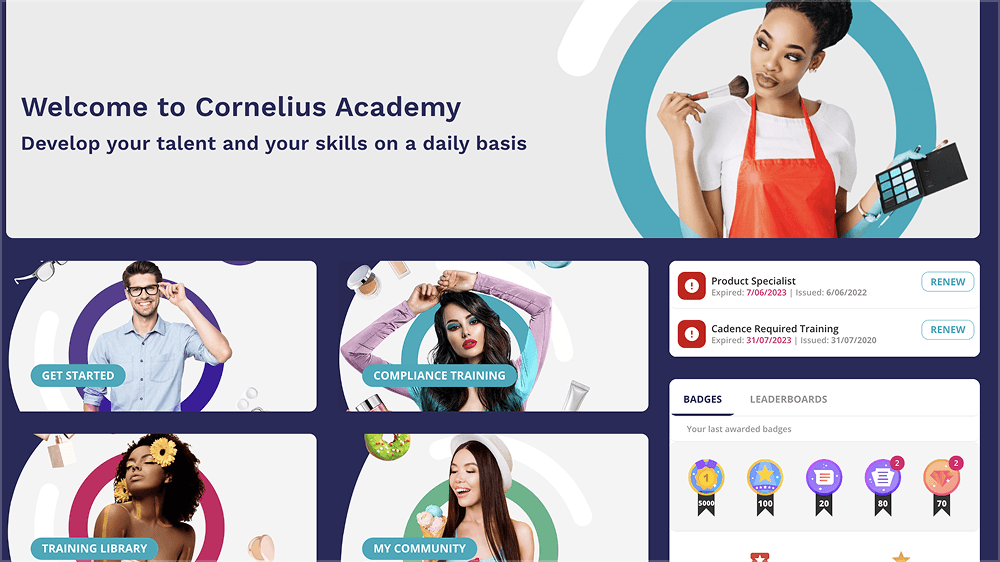



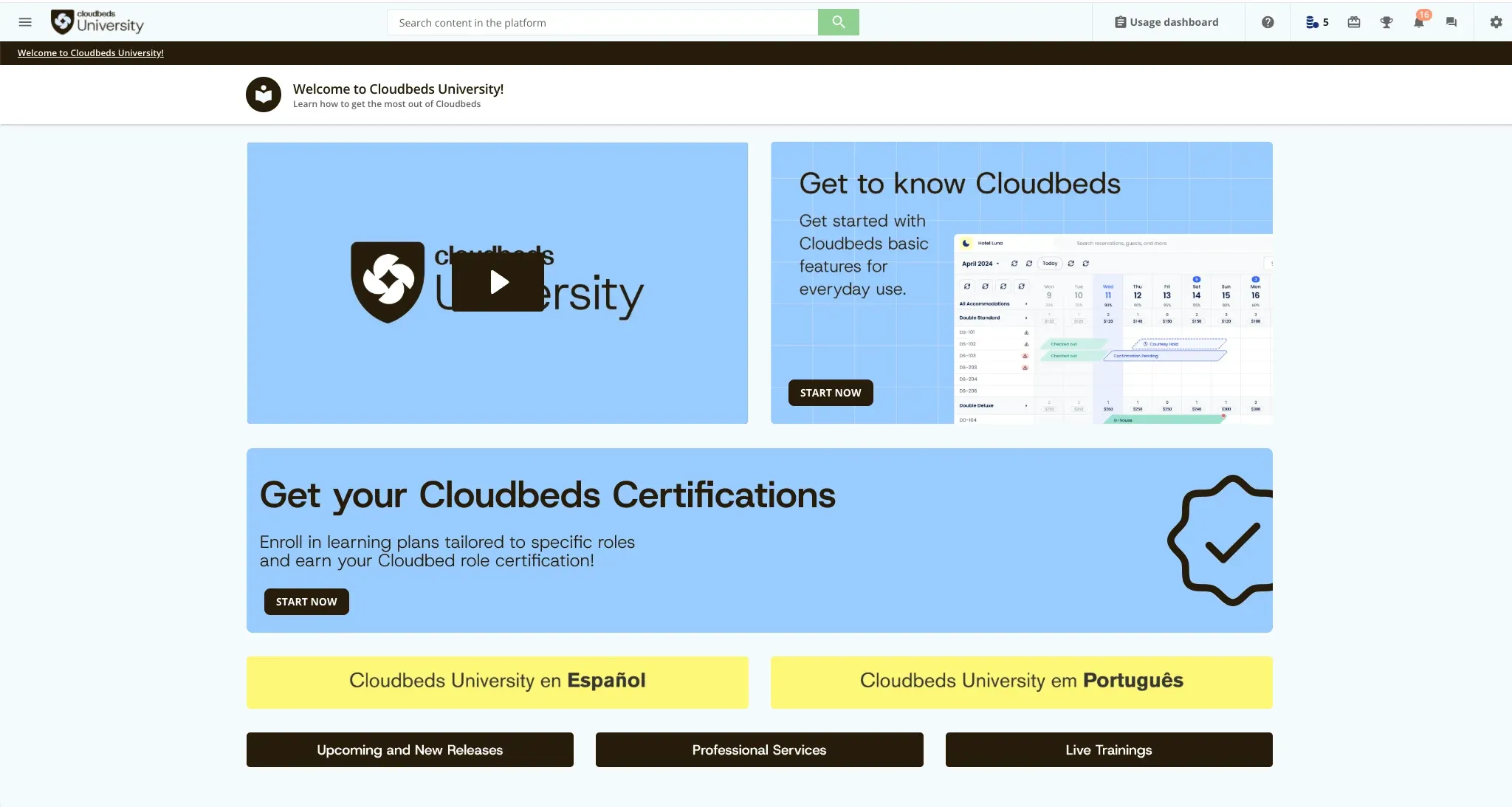
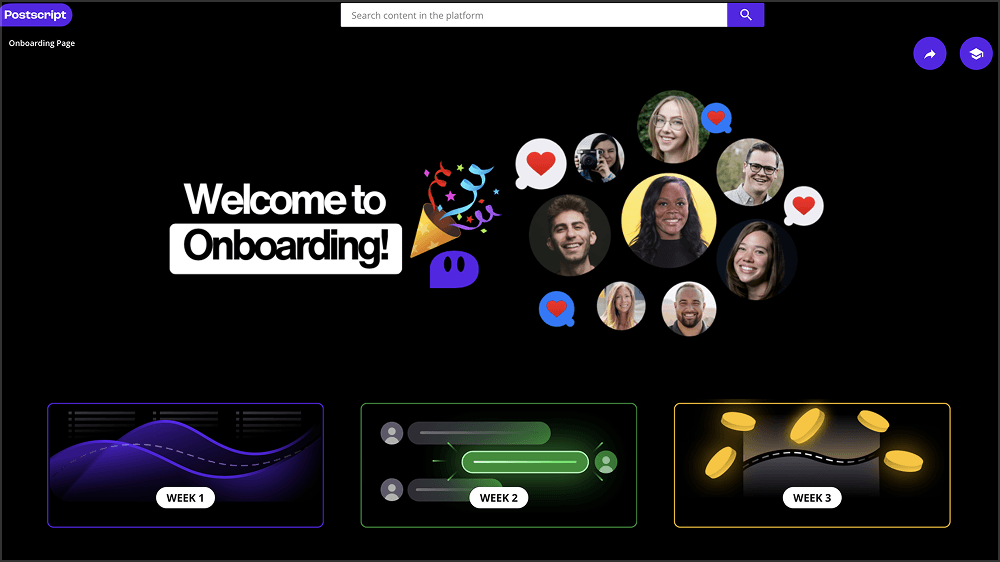
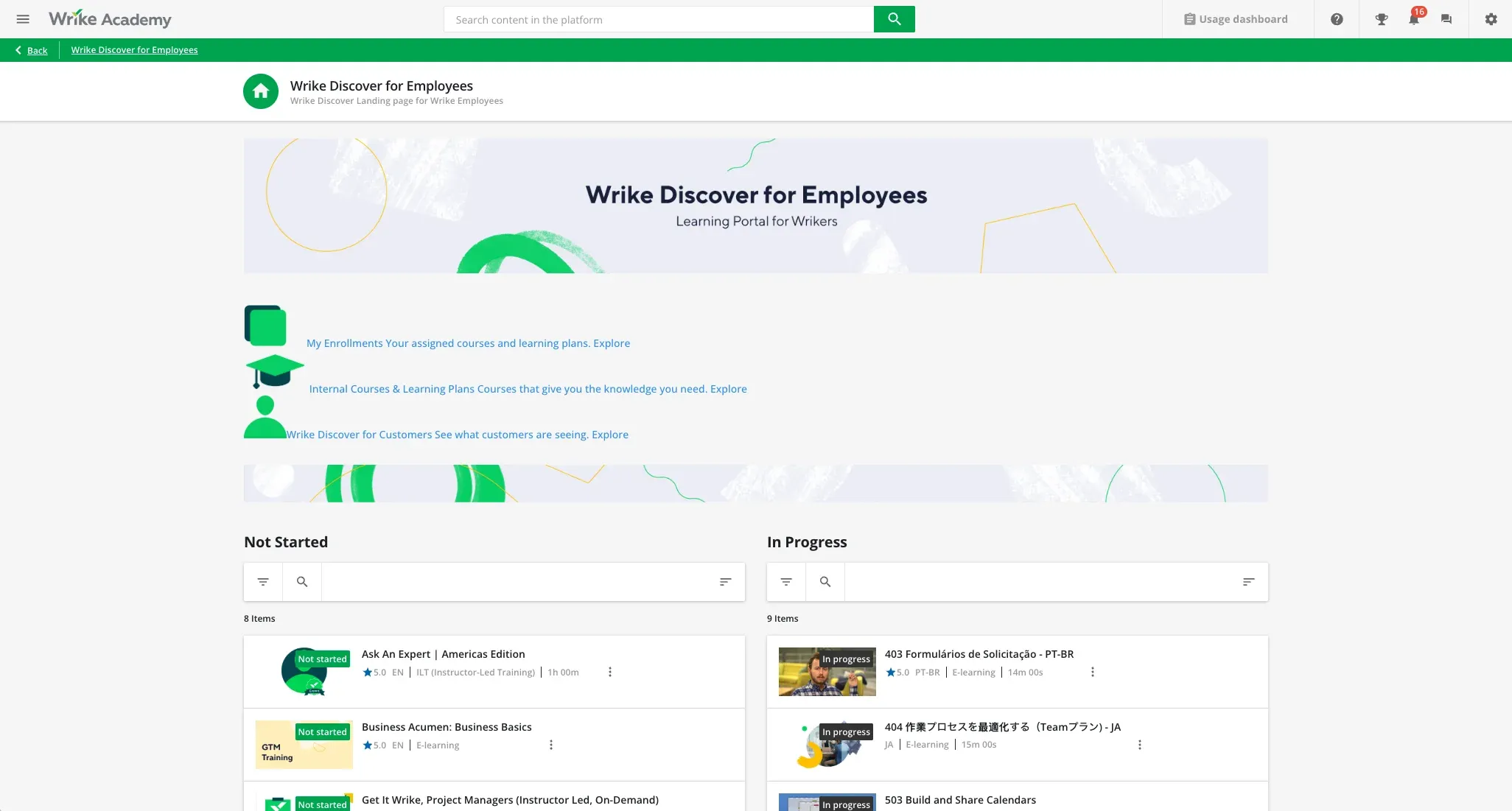
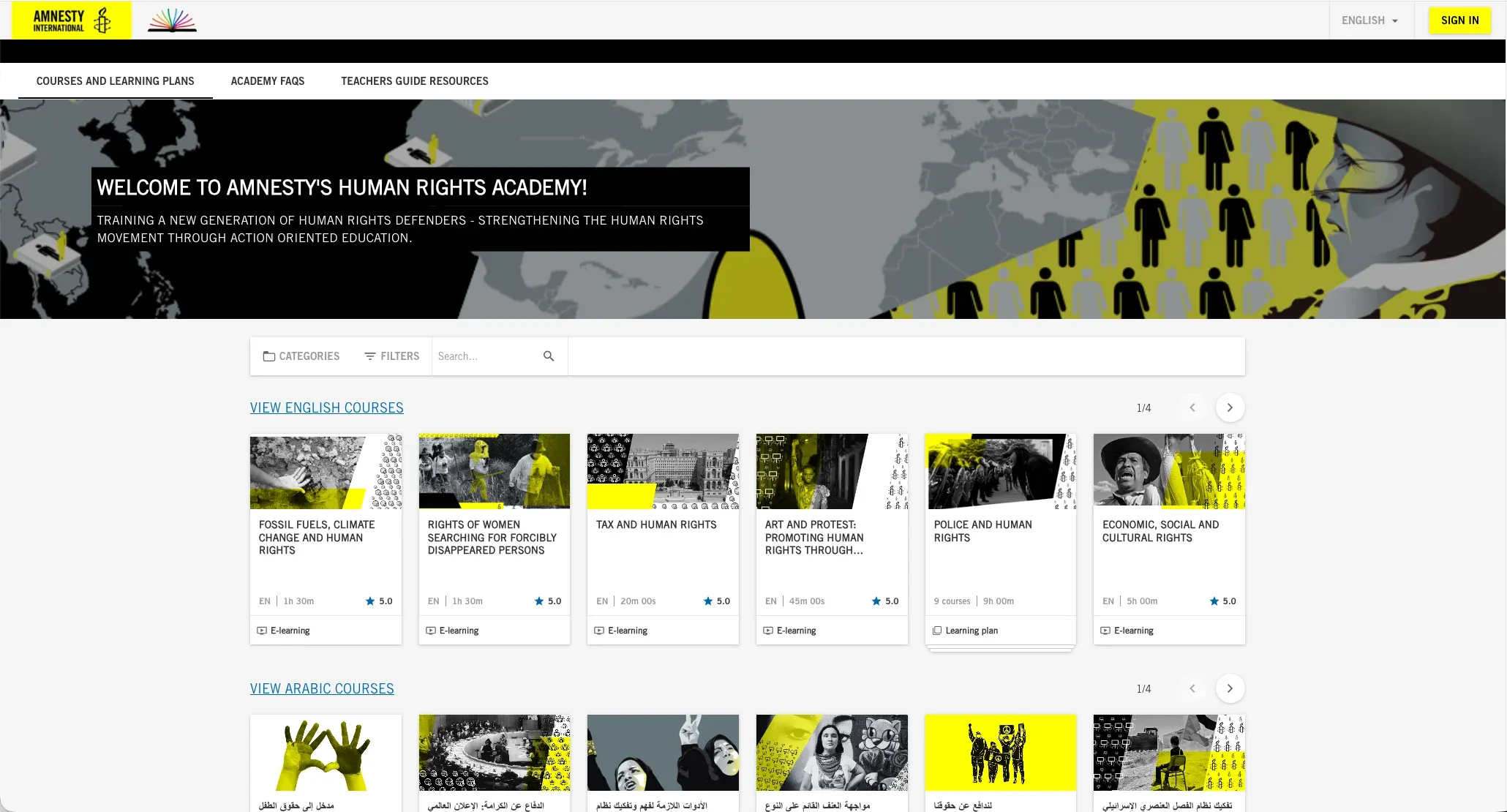
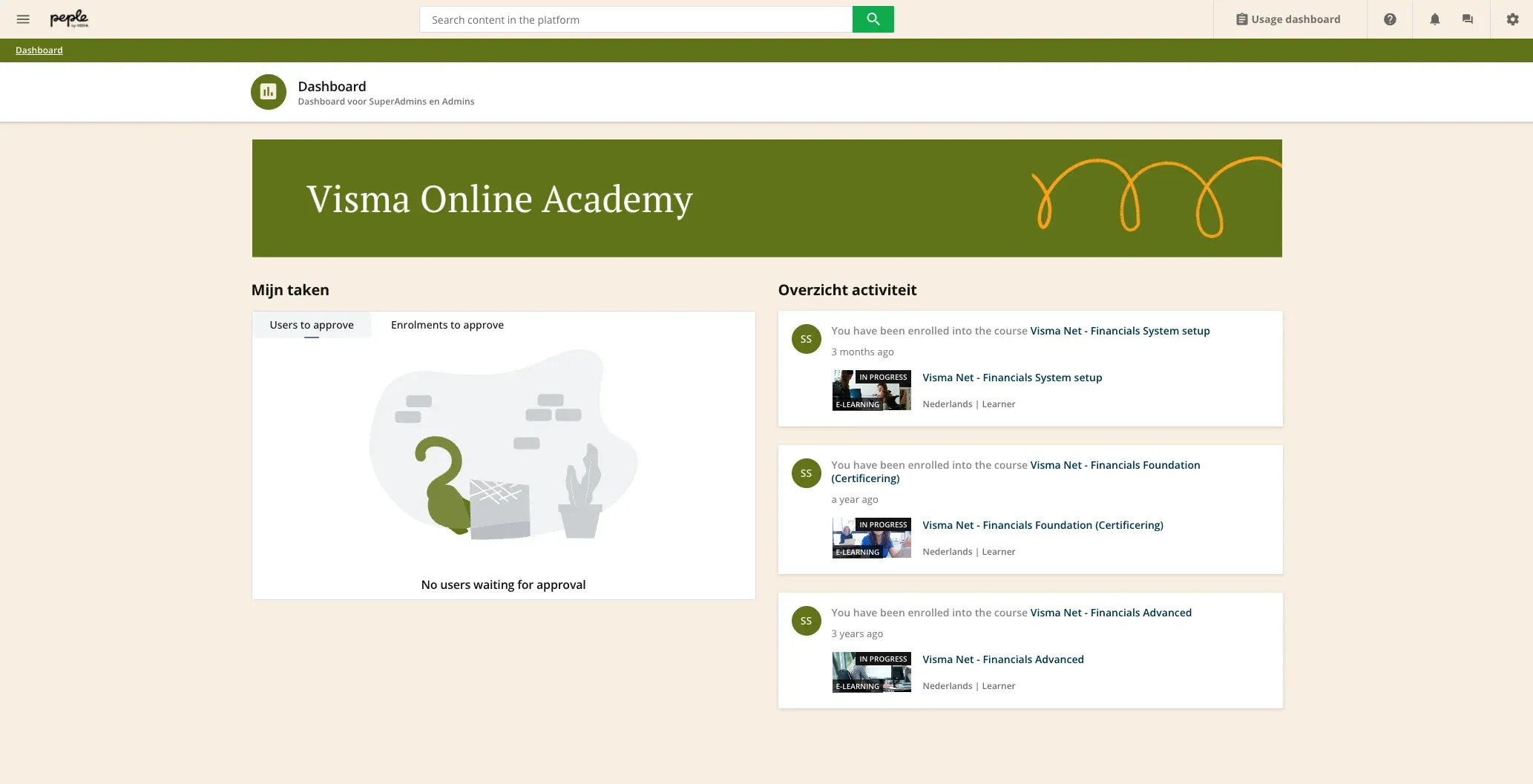
Security and integrations
Stay stable, secure, and compliant



If it matters to your team, it works with Docebo



Frequently asked questions
A learning platform is a comprehensive digital solution that enables organizations to create, deliver, and manage training programs for any audience. Docebo combines content management, user engagement tools, and analytics to create meaningful learning experiences that drive business outcomes.
We offer hundreds of pre-built and custom integrations for all of the most common business tools, including SSO, HRIS, CRM, comms and collaboration tools, meetings, business intelligence, and more.
We track more, give you more visibility, and integrate with more of your tools. For example, by integrating with your CRM or HRIS, you can see direct relationships between training and seller performance, customer education and average contract value, or learner engagement and employee retention.
Enterprise organizations usually choose Docebo to consolidate their learning tech stack, meet specific software and security criteria, and train varied, global audiences from a single platform.
Mid-market organizations often choose Docebo to expand their learning use cases and future-proof their learning program.
Smaller organizations choose Docebo because they understand learning is a competitive advantage and they know that investing in training will help them grow and provide a better employee and customer experience.
The Docebo Learning Platform is more than just an LMS. It incorporates elements of an LMS, LXP, authoring tool, content management, virtual classroom, performance support, analytics and more.
The platform’s versatility, scalability, multi-audience capabilities, personalization, and advanced AI are also key differentiators.
Yes. Docebo’s platform is built on a robust information security management system (ISMS), compliant with ISO 27001 and AICPA/ISAE 3000 SOC 2 & 3. It incorporates security-by-design principles and rigorous monitoring to ensure the highest data protection standards. Additionally, we have implemented robust data protection measures that align with GDPR requirements, including Article 32, privacy by design, and other key aspects of GDPR compliance.
Visit our trust center for more details.
Docebo offers learner engagement features like gamification, social learning, learner communities, online courses, quizzes, and more. We also optimize learning for organizational goals. This means integrations and automations to streamline your workflows and save time, data tools and dashboards to measure and improve your learning program, and the most innovative new technology, including Generative AI learning tools.
Our content marketplace contains over 30,000 courses and professional certifications from the world’s best learning content providers. We have courses on in-demand skills from leadership to machine learning. If learners need it, there’s likely a course on it.
In addition to our robust catalog of elearning content, you can also generate high-quality interactive learning in seconds with Docebo Creator, our full AI content creation tool. And with AI learning content creation workflows, full learning plans can be built in minutes.
One of Docebo’s biggest differentiators is the platform’s ability to seamlessly manage multiple audiences and use cases in a centralized, organized way. Organizations use Docebo for employee onboarding, skills building, talent development, compliance training, sales enablement, customer education, partner enablement, and more.











